
Nothing’s more frustrating than a silent outdoor AC unit on a scorching day. Before you start sweating, pinpointing the exact issue can save you time and hassle. Common power problems or hidden mechanical glitches may be to blame, but quick fixes are often within reach. Let’s break down the top causes behind your cooling system’s unexpected pause and the steps to get it running again.
Tripped Circuit Breaker
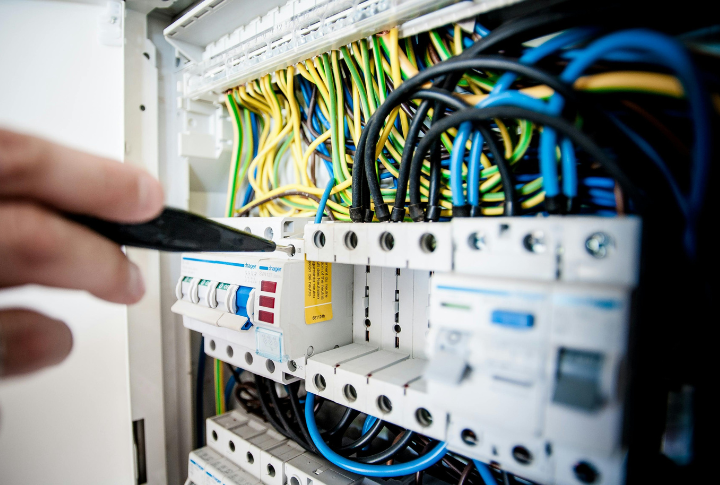
A circuit breaker could have tripped, cutting off power to the outdoor unit. It typically happens when the AC is overloaded or has a short circuit. To reset the breaker, flip the switch entirely to the “off” position, wait a few seconds, then turn it back to “on.” If it trips repeatedly, contact an electrician.
Thermostat Setting Concerns

The outdoor unit won’t turn on if the thermostat isn’t set correctly. Ensure it’s on “cool” mode and the temperature is lower than room temperature. It shouldn’t be set to too low or too high temperatures. Additionally, low batteries or faulty wiring can result in malfunctions. Changing the batteries might help.
Blocked Airflow
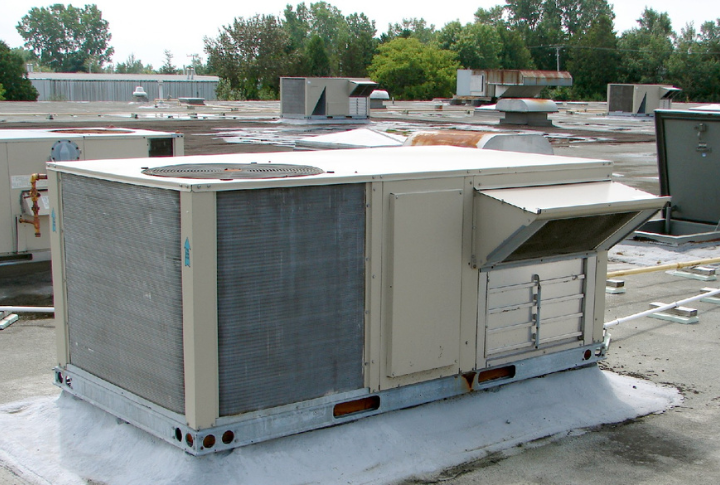
Debris, like leaves or dirt, and a clogged air filter can block airflow around the outdoor unit. It restricts airflow, causing the unit to overheat or malfunction. Clearing debris within a two-foot radius around the unit and replacing the air filter regularly can fix the concern and help maintain efficient performance.
Frozen Evaporator Coils
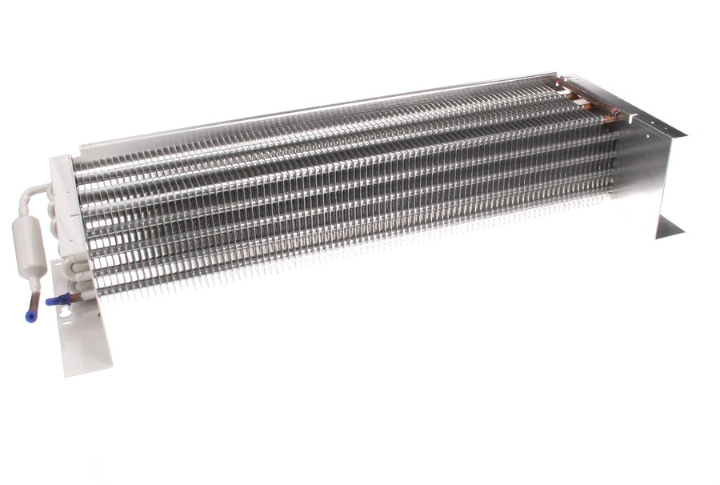
Sometimes, frozen evaporator coils can cause the outdoor unit to stop functioning due to a refrigerant leak or poor airflow. Turning off the AC for a few hours can defrost the coils, but a professional may need to address refrigerant issues to avert future freezing.
Dirty Condenser Coils
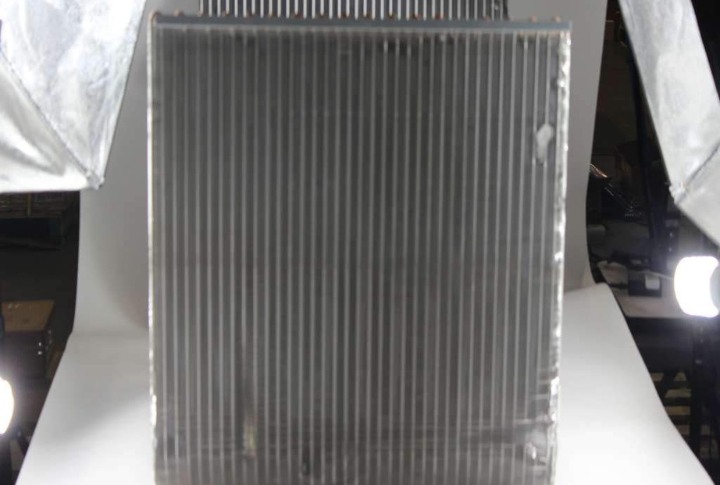
When condenser coils get dirty, they struggle to dissipate heat effectively, causing the outdoor unit to potentially overheat. Cleaning the coils with a garden hose while avoiding electrical components can improve efficiency. Regular cleaning and maintenance help prevent this buildup.
Faulty Capacitor
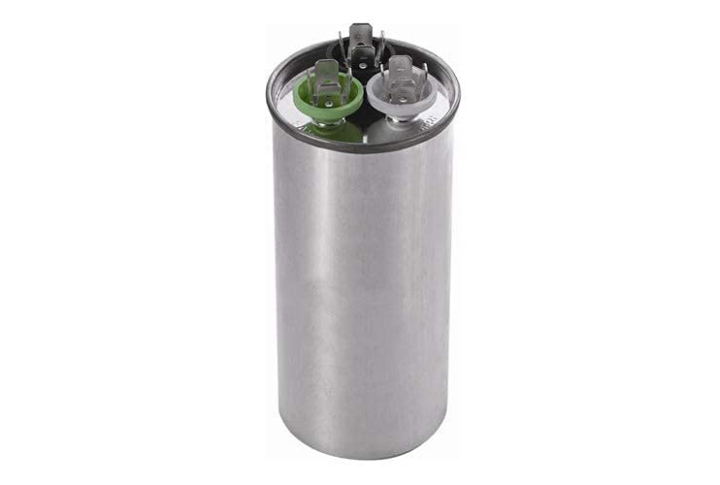
A defective capacitor can stop the outdoor fan from operating. The capacitor stores and releases energy to power the motor. Once damaged, the fan may fail to start, leading to the unit remaining off. Changing the capacitor usually fixes the complication, but professional assistance is recommended.
Low Refrigerant
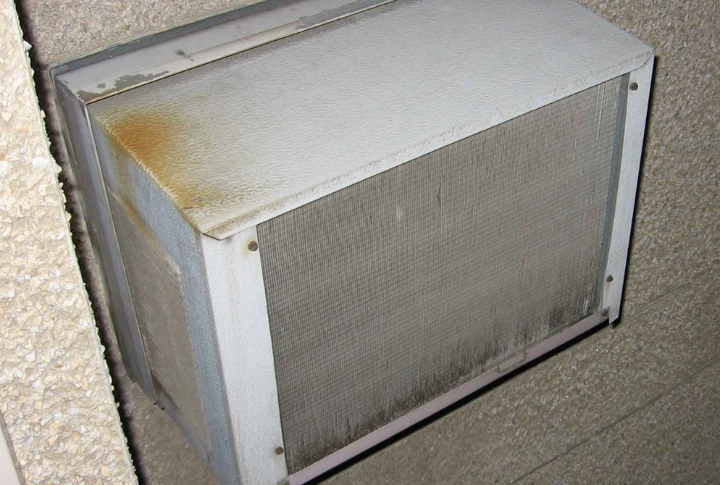
Cooling systems rely on adequate refrigerant levels, and a drop can cause the outdoor unit to malfunction. Leaks, improper installation, or wear and tear are usually behind this issue. A licensed technician must locate and repair leaks and recharge the refrigerant to restore optimal cooling performance.
Worn-Out Contactor
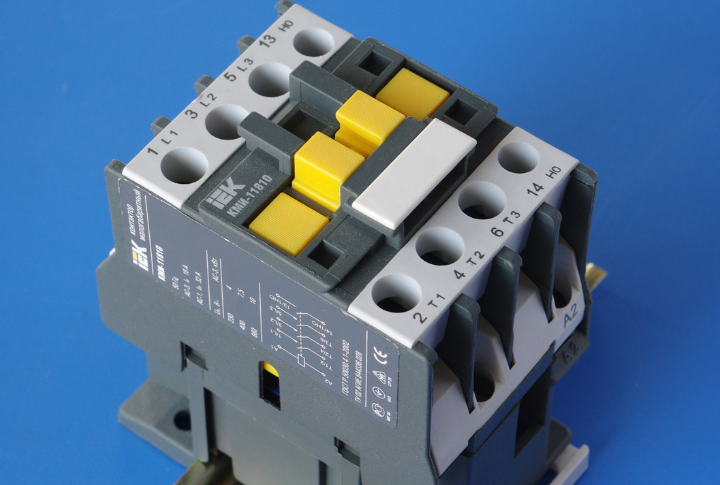
The contactor regulates electrical flow to the outdoor unit, enabling it to start. Over time, contactors may wear out or become stuck, breaking the circuit and preventing the unit from running. Regular wear or mechanical difficulties can lead to this problem, so replacing the contactor is a standard fix.
Blown Fuses
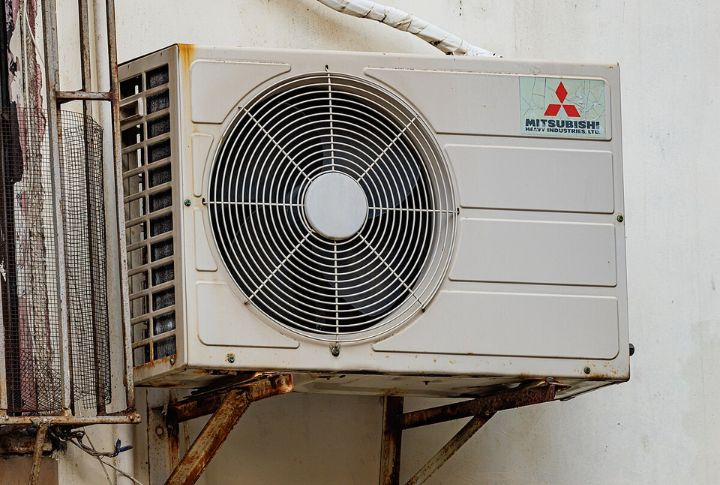
Fuses act as safety devices, protecting your AC system from electrical surges. A blown fuse in the panel could prevent your outdoor unit from operating. Exchanging it after checking the fuse box might address the power issue. However, frequent fuse-related challenges suggest an underlying complication.
Malfunctioning Fan Motor
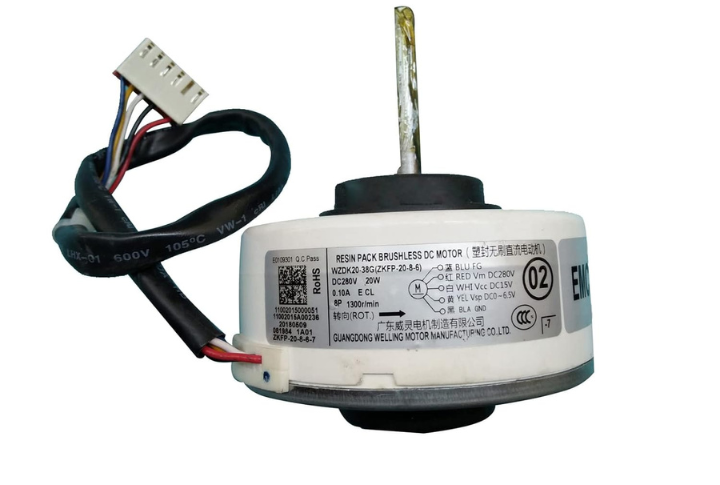
Amazon
If the fan motor inside the outdoor unit burns out or breaks down, the system won’t cool your home successfully. A burnt smell or strange noise from the unit is a clue. Repairing or swapping the motor can get things functioning anew, but it’s best left to a technician.
Clogged Drain Line
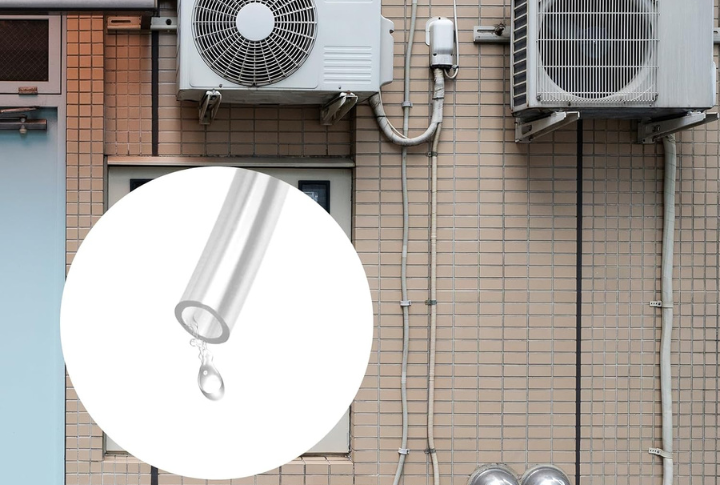
Moisture buildup in the system, caused by a blocked condensate drain line, can activate a safety switch that turns off the AC. It is a preventive measure to avoid water damage. Clearing the obstruction with a wet/dry vacuum frequently solves the concern, bringing the system back to working order.
Overheated Unit
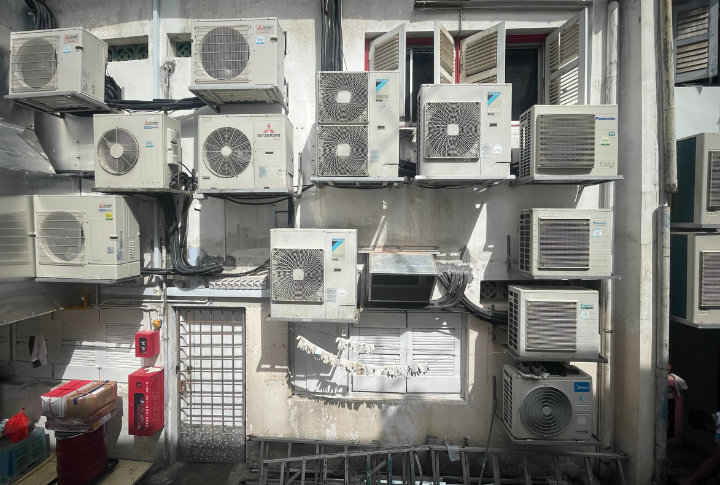
The system may power off when the outdoor unit overheats to avoid damaging internal components. Overheating is especially prevalent during high temperatures or if the unit is under heavy load. Proper shading and ventilation can help reduce the risk of overheating.
Faulty Compressor

As a core part of the air conditioning system, the compressor ensures refrigerant circulates efficiently between both units. If the compressor fails, the AC system cannot cool effectively. Due to its complexity and central role in the system, compressor issues typically require professional replacement.
Power Supply Challenges
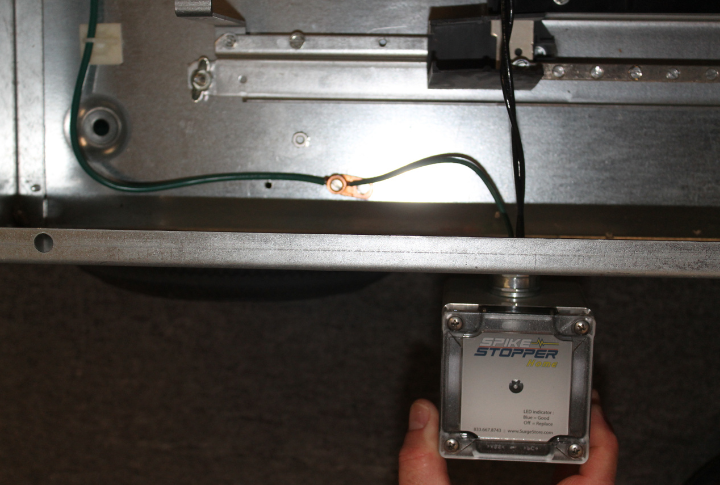
Voltage disruptions are a common cause of outdoor AC unit failure. Inspecting the wiring for secure connections, checking circuit breakers, or identifying a power surge could reveal the fault. Verifying the outlet’s functionality can resolve power inconsistencies for systems plugged into dedicated outlets.
Thermostat Wiring Problems
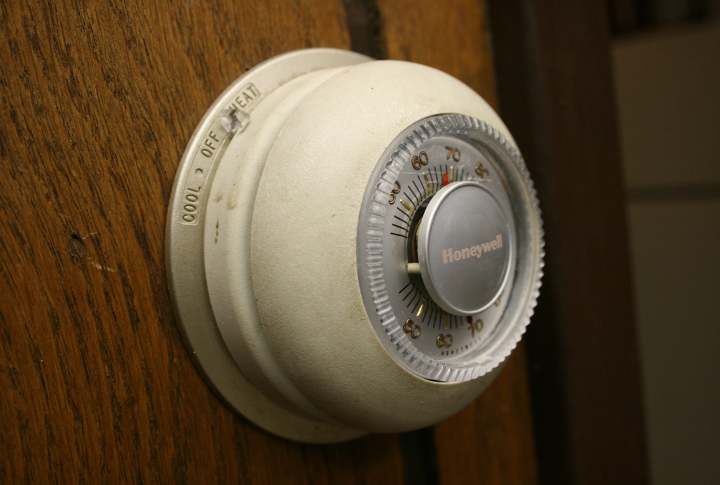
Poor wiring inside the thermostat can block the signals needed to activate the outdoor unit. Corroded wires or loose connections are often to blame. Tightening loose wires may resolve the problem, but an expert should handle more significant wiring issues to ensure safety and proper function.

